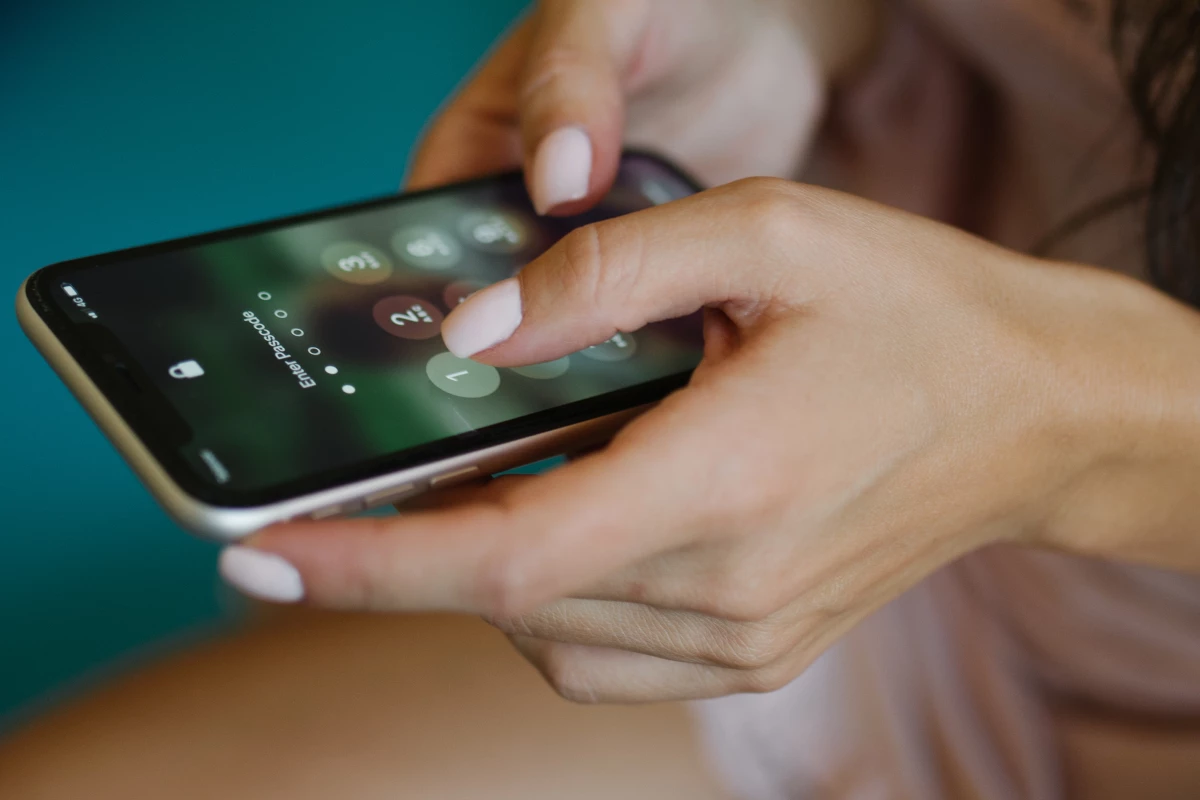Entering passcodes on smartphones can be difficult for the blind, as they can't see the screen, nor can they tell if someone else is peeking at it. The OneButtonPIN app is designed to help, by utilizing vibrations instead of visuals.
Created by scientists at Canada's University of Waterloo and New York's Rochester Institute of Technology, the prototype app is intended to address the shortcomings not only of onscreen keypads, but also of biometric systems. The latter can be stymied by variables such as lighting conditions, plus it's difficult to update a biometric "password" if changes have occurred to the user's face or fingerprints.
OneButtonPIN gets around such limitations, beginning with one big virtual button on the smartphone's screen. When the user presses that button and holds it, the phone starts producing a series of vibrations, separated from one another by short pauses. These vibrations can be felt through the finger or thumb that's on the screen, but they're not audible.
To input a certain number, the user just counts the vibrations, then releases the button once the corresponding number of vibrations has occurred. The next number can then be entered simply by pressing and holding the button again.
In a test of the technology, nine BLV (blind and low-vision) volunteers were tasked with using the app to enter several randomly generated PINs (personal identification numbers), plus they were told to use the app at least once a day for a week. It was found that the participants were able to enter the PINs with an average accuracy of 83.6%, as compared to 78.1% for traditional methods.
In a second test, 10 sighted volunteers watched videos of people entering PINs via both traditional methods and the OneButtonPIN app. The participants were able to successfully guess the PINs when traditional methods were used, but they couldn't guess any of the PINs when the app was utilized.
As an added benefit, it is believed that once OneButtonPIN is widely available, it may even find use with sighted individuals.
"While OneButtonPIN was designed for BLV people, many users will appreciate the added security," said Waterloo's Dr. Stacey Watson. "When we make things more accessible, we make things more usable for the average user as well."
The app is described in a paper that was recently published in the journal Proceedings of the ACM on Human-Computer Interaction.
Source: University of Waterloo




